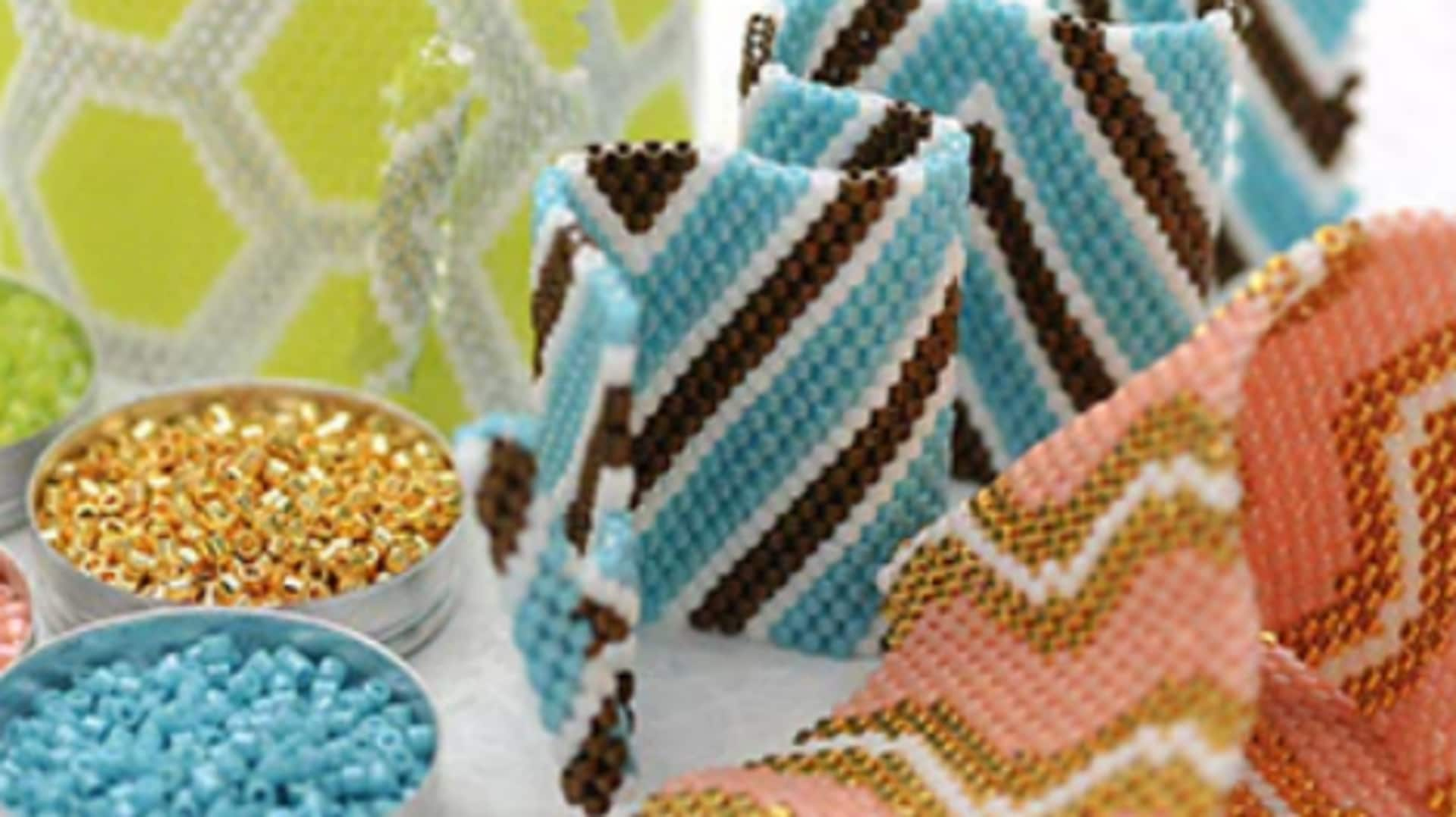
Exploring the craft of bead weaving
What's the story
Bead weaving is a meticulous craft that involves threading tiny beads together to create intricate patterns and designs. This art form has been practiced for centuries across various cultures, each adding its unique touch. The process requires patience, precision, and creativity, making it both challenging and rewarding. From jewelry to decorative items, bead weaving offers endless possibilities for artisans to express their creativity while preserving traditional techniques.
#1
Understanding basic techniques
Bead weaving starts with learning basic techniques like loom weaving and off-loom methods such as peyote stitch or brick stitch. Each technique provides different textures and patterns. Loom weaving gives a structured approach with uniform rows of beads, whereas the off-loom methods provide more flexibility in the design. Mastering these basics is essential for creating complex pieces.
#2
Choosing the right materials
Selecting the right materials is key in bead weaving. Beads come in different sizes, shapes, and materials like glass or plastic. The choice of thread also affects the final product's durability and appearance. Nylon threads are widely used due to their strength and flexibility. Understanding how different materials interact with each other helps artisans achieve desired effects in their work.
#3
Exploring cultural influences
Bead weaving has deep cultural roots all around the world, and it displays the unique styles and symbolism of different cultures, from Native American beadwork to African beaded jewelry. Each tradition brings its own distinct techniques and meanings to the craft. Not only does exploring these cultural influences inspire new designs, but it also fosters a deeper appreciation for the art form's rich history and its role in different societies around the globe.
Tip 1
Tips for beginners
For beginners in bead weaving, starting with simple projects can build confidence before attempting more complex designs. Investing in quality tools like beading needles or mats can help make the process smoother. Practicing regularly helps improve skills over time as artisans become more familiar with the different techniques and materials used in this intricate craft.